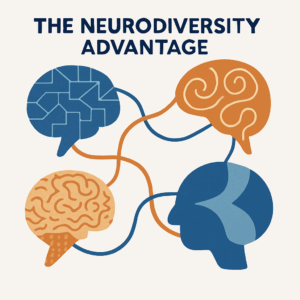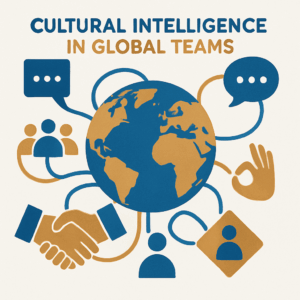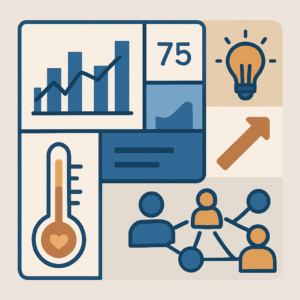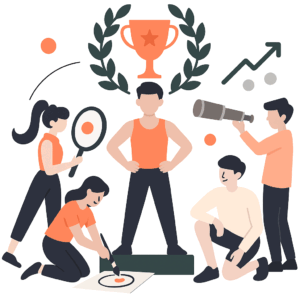
Guide: Your Talent development
Congratulations! You have taken a step in the direction of a happier work day, easier resume writing or just a little more knowledge. No matter what has driven you here, we are happy for you being here. Talent development is a term that long has belonged to the sports world. But it isn’t just athletes that have talents – we all do.




